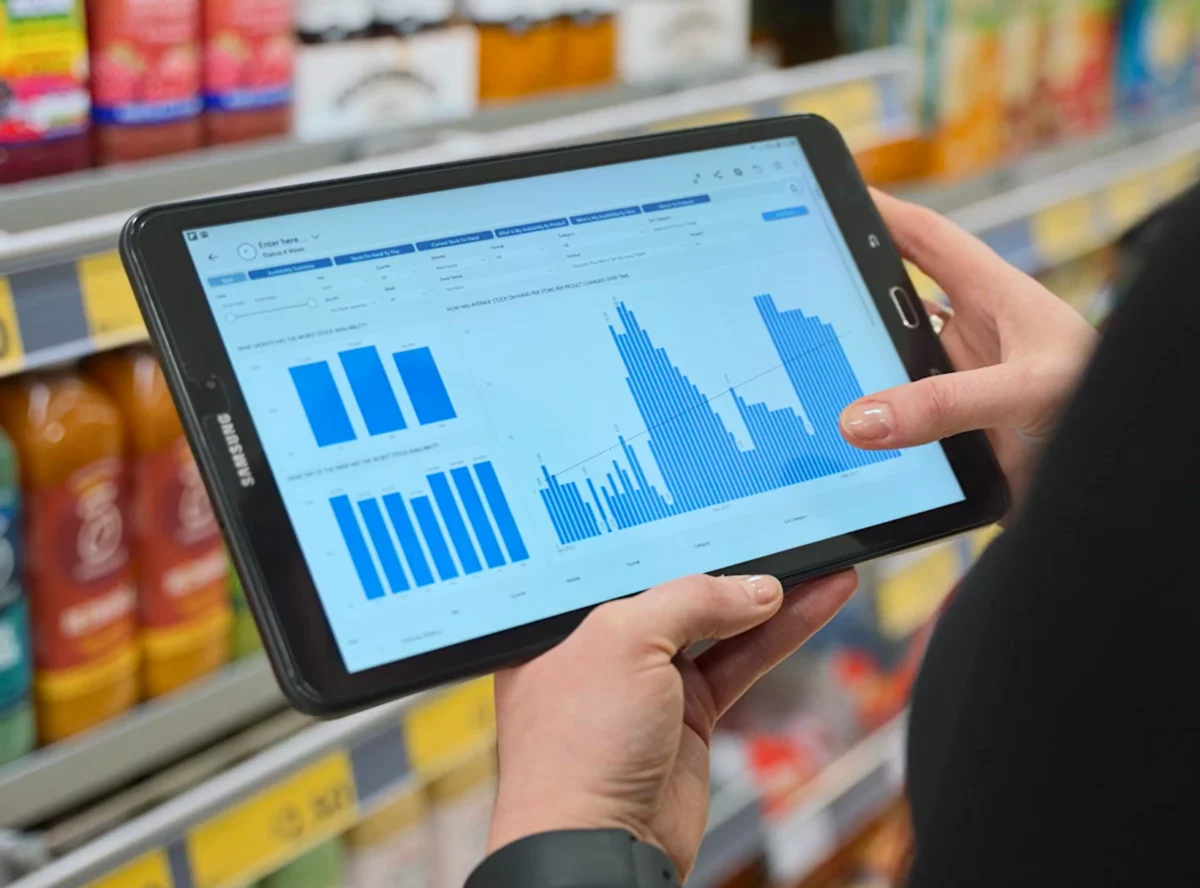Predictive vs prescriptive analytics – both play an important role in helping you leverage digital data to make informed business decisions, but what’s the difference between the two?
In this guide, we’ll explain the difference between predictive and prescriptive analytics and discuss how both forms of data analytics can help with your brand’s decision-making processes – especially when these processes are streamlined using Reapp’s innovative retail analytics tools.
Find out everything you need to know about prescriptive vs predictive analytics to level up your sales and marketing strategies today.
Predictive vs prescriptive analytics: What exactly are they?
Predictive and prescriptive analytics are two types of business analytics used to help inform marketing, sales, and finance decisions.
Predictive analytics is a powerful tool that uses past data to predict what might happen in the future. By analysing historical and real-time data, this analytical technique provides businesses with forecasts that can be used to predict consumer behaviour, reduce wastage, increase revenue, and much more.
Essentially, predictive analytics is just informed guesswork (albeit very sophisticated guesswork, we must admit). Predictive forecasts tell us the likelihood of a future outcome occurring, but this does not guarantee that it will really happen.
Prescriptive analytics goes one step further than predictive analytics by recommending the best course of action in response to a given forecast. By using prescriptive models, businesses can determine how a specific decision could affect a business outcome and adjust it accordingly to increase their chances of success.
The key differences between predictive and prescriptive analytics
Predictive and prescriptive analytics are both important business tools, each with its own role to play in data analysis and decision-making. However, while predictive analytics suggests what will happen but gives no guidance as to what the next steps should be, prescriptive analytics suggests what will happen and then determines the best course of action for the business to take.
Let’s take a closer look at the key differences between predictive and prescriptive analytics:
| Predictive analytics | Prescriptive analytics |
|
|
|
|
|
|
|
|
Despite these differences, predictive and prescriptive analytics actually overlap quite a lot, and you’ll typically use both in conjunction with each other rather than choosing just one.
Long term vs short term decision-making
Another way of looking at predictive vs prescriptive analytics is by considering how they fit into a business’s long term and short term decision-making processes.
Predictive analytics provides short term metrics that help understand what’s happening in an organisation, while prescriptive analytics provides long term solutions based on this data.
Predictive analytics measure metrics in isolation, but don’t evaluate their long term impact on the business. Contrastingly, prescriptive analytics recommend the best plan of action to maximise returns and profitability in the long run.
Is predictive or prescriptive analytics more valuable to your business?
As already mentioned, predictive and prescriptive analytics are often used together, and each offers its own set of tangible benefits.
That said, prescriptive analytics typically offers much more valuable insights than predictive analytics. This is due not only to the scale of operations but also the ability of this type of business data analytics to optimise decisions.
Although prescriptive solutions are likely to be more expensive than predictive ones, the return on investment of prescriptive analytics has the potential to be far greater.
Get the most out of prescriptive and predictive analytics with Reapp
You now know the difference between predictive and prescriptive analytics, but how do you actually go about collecting the relevant data and converting it into actionable insights?
If you’re responsible for data analytics in retail, Reapp is the innovative analytics tool you need to supercharge and streamline your marketing efforts.
In a nutshell, Reapp is a versatile analytics software tool designed to help businesses boost their sales and better manage their stock. Reapp uses real-time data from a wide range of sources to provide you with all the insights you need, revolutionising the way your business makes its key sales and marketing decisions.
Our suite of unique prescriptive analytics apps creates at-a-glance reports and dashboards at the click of a button, providing you with actionable sales and stock insights in a matter of seconds. You can even customise your reports however you choose, allowing you to drill deeper into the insights that matter most to you.
Ready to experience the benefits for yourself? Get in touch with our friendly team today to book a demo or find out more about how Reapp can help your business.
